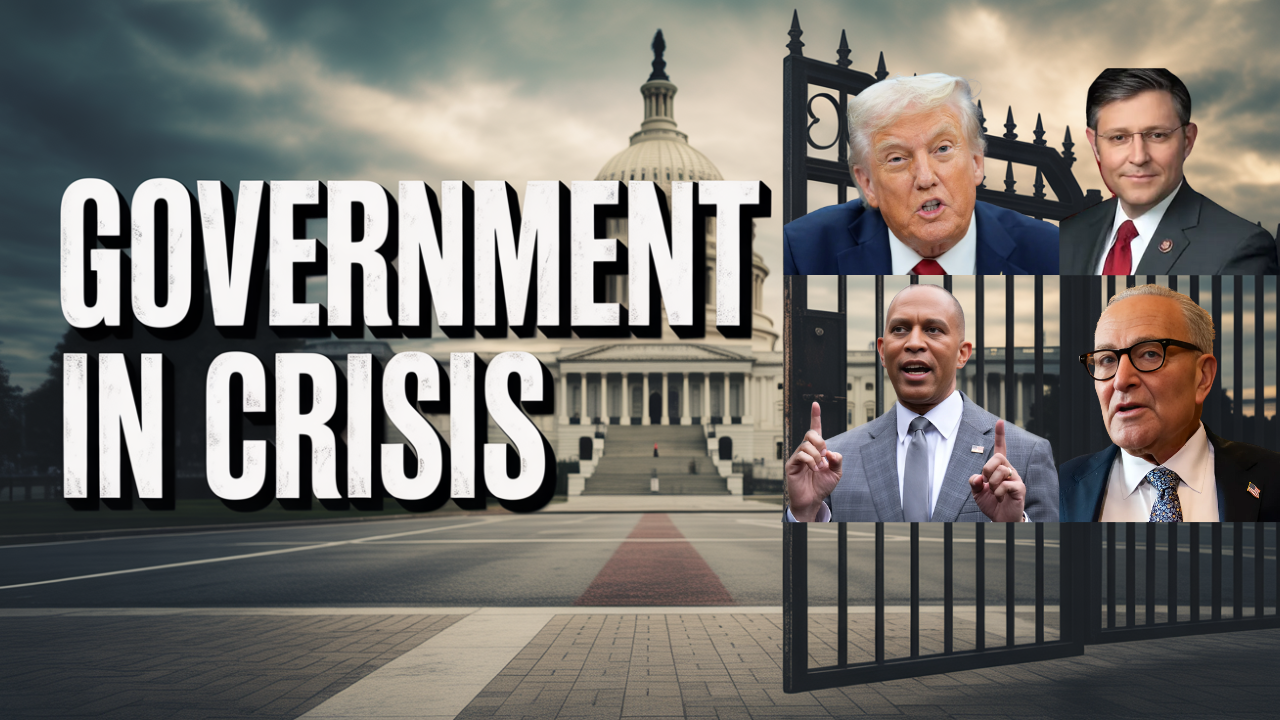When Donald Trump returned to the White House in January 2025, he wasted no time reviving his signature pledge to “drain the swamp.” But this time, he came with a playbook in hand.
That playbook—Project 2025—was developed by the conservative Heritage Foundation and supported by a constellation of right-wing think tanks and former Trump loyalists. Far from a set of vague policy goals, Project 2025 outlines a sweeping plan to remake the federal government from the inside out.
Though Trump publicly distanced himself from the document during the campaign trail, his administration’s early moves suggest otherwise. From rolling back DEI initiatives to gutting federal departments, the changes unfolding in Washington closely echo the project’s radical vision.
What Is Project 2025?
Project 2025 is more than a policy platform—it’s a strategic overhaul. It includes:
- A 900-page manifesto to reverse decades of progressive policymaking
- A personnel database filled with vetted conservatives ready to replace career bureaucrats
- A training program to prepare new appointees for rapid deployment
- And a roadmap to consolidate executive power and minimize institutional resistance
In short, it aims to shift the federal government toward a model where presidential authority is supreme—and long-standing norms of checks and balances are weakened.
Major Shakeups in Federal Agencies
Trump’s second term has hit the ground running, launching a series of aggressive overhauls across the federal bureaucracy.
1. Department of Education: Dismantled in Phases
One of the boldest moves so far has been the start of a phased dismantling of the Department of Education.
- Nearly 50% of its staff were laid off in a sweeping Reduction in Force (RIF).
- Student loan servicing is being transferred to the Small Business Administration, sparking concerns over continuity.
- Civil rights enforcement and diversity programs have been drastically rolled back.
Supporters hail the move as restoring local control over education. Critics warn it could erode protections for vulnerable students, particularly those in low-income and minority communities.
2. Social Security Administration: Under the Knife
The SSA is undergoing a major restructuring:
- A hiring freeze and 7,000 job cuts have reduced the agency to its smallest workforce in decades.
- Field offices are closing—especially in rural areas—raising access concerns for the elderly.
- A new ID verification system eliminates phone options, requiring either online or in-person verification.
Commerce Secretary Howard Lutnick stirred controversy when he labeled some claimants “fraudsters.” Meanwhile, Trump’s SSA appointee, Frank Bisignano, has promised to review internal oversight.
Conservative groups are pushing to raise the retirement age and cut future benefits—core elements of the Project 2025 vision for entitlement reform.
3. IRS: Downsized and Diverted
The IRS is facing a dramatic downsizing:
- Nearly half of its workforce is being cut, including 6,700 staff hired under the previous administration.
- Enforcement of corporate and white-collar tax fraud is being de-emphasized.
Fiscal conservatives call this a necessary correction. But watchdog groups argue it’s a green light for tax evasion and could further erode public confidence in the tax system.
4. USAID: A New Identity, A New Direction
The U.S. Agency for International Development has been rebranded as the U.S. Agency for International Humanitarian Assistance, reflecting a narrower focus.
- Over 80% of existing aid programs have been canceled.
- Blockchain is being tested as a new model for aid delivery.
Critics say the move signals an embrace of isolationism and could cede humanitarian influence to global powers like China and Russia.
5. FEMA: Emergency Response Devolved to States
A new executive order has fundamentally restructured FEMA’s role:
- States and local governments are now the primary agents of disaster response.
- FEMA’s climate risk index—a key tool in climate-related disaster planning—has been scrapped.
While states’ rights advocates praise the decentralization, emergency planners worry it will lead to inconsistent readiness across regions.
6. DEI Programs: Wiped Out Government-Wide
Within days of returning to office, Trump signed an executive order dismantling all federal Diversity, Equity, and Inclusion initiatives.
- DEI councils and training programs were terminated across all departments.
- Related offices in Justice, Education, and Energy were shut down.
Supporters call it a return to merit-based governance. Critics say it erases decades of progress in workplace fairness and representation.
7. Militarization of the Southern Border
The administration has significantly escalated immigration enforcement:
- Troops have been deployed to the U.S.-Mexico border.
- A proposed “buffer zone” may allow military personnel to detain migrants directly.
Legal experts warn this could violate the Posse Comitatus Act, which bars the military from performing domestic law enforcement duties.
8. Federal Workforce and Contracts: Slashed
The n Department of Government Efficiency (DOGE) has executed major budget cuts:
- Tens of thousands of federal jobs have been eliminated.
- Contracts worth nearly $100 million have been canceled, affecting states like Connecticut.
Analysts warn these cuts could destabilize cybersecurity systems, logistics networks, and health services across the country.
A Turning Point—or a Takeover?
Supporters of Project 2025 view these actions as long-overdue corrections—a necessary return to limited government, personal responsibility, and executive efficiency.
Critics, however, argue the opposite: that this is a quiet ideological takeover, driven by partisanship, with little transparency or public debate.
The speed, scope, and ideological clarity of these moves set them apart from typical policy shifts. What’s unfolding in Washington is not just another change in administration—it’s a structural redefinition of federal power.
Legal Concerns and Constitutional Flags
Several legal scholars and constitutional watchdogs have raised red flags about elements of Project 2025’s implementation.
- The proposed military “buffer zone” at the U.S.–Mexico border may violate the Posse Comitatus Act, which limits the use of federal military personnel in domestic law enforcement.
- Efforts to centralize executive power, as outlined in the Heritage Foundation's manifesto, have reignited debate over the “unitary executive theory”—a controversial legal doctrine that argues for nearly unchecked presidential control over the executive branch.
Experts at institutions like the Brennan Center for Justice and Georgetown Law’s Institute for Constitutional Advocacy and Protection warn that these moves could undermine constitutional safeguards designed to prevent executive overreach.
Final Thoughts: What’s Next for America?
Whether you view these developments as bold reforms or dangerous overreaches, one thing is undeniable—Trump’s second term is moving with far greater speed and coordination than his first.
Nearly every federal agency has been touched. Long-held norms have been tossed aside. And the guiding hand behind it all—Project 2025—is no longer just a set of ideas on paper. It’s a living, breathing operation with the power to reshape American democracy.
The question now is whether these changes will be temporary—or cemented into the future of U.S. governance.







